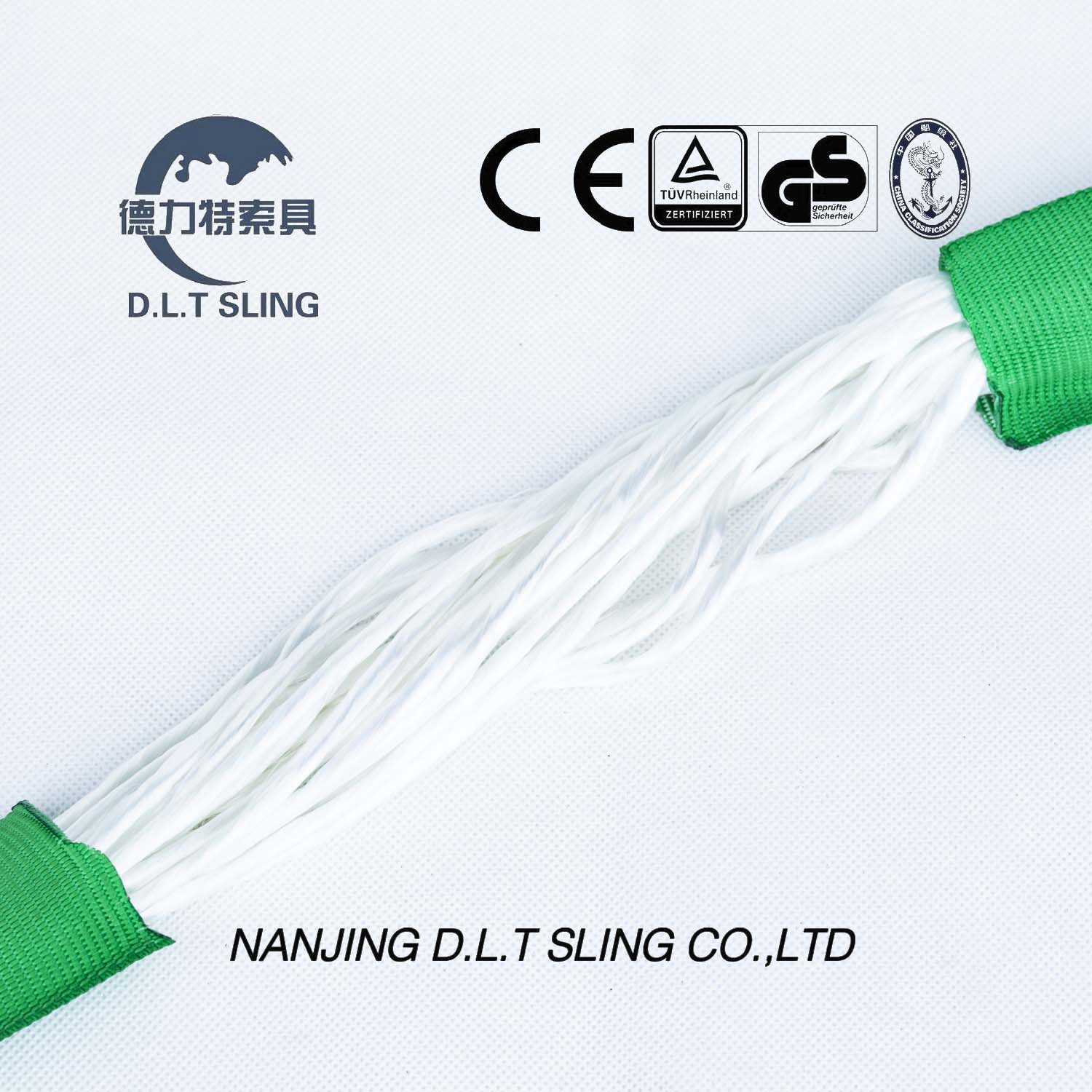Slings are integral tools in industries that involve heavy lifting and transportation. They provide support and stability while ensuring the safe handling of loads. Slings can be made from various materials, each with its unique characteristics and applications. In this blog post, we will explore the common materials used in slings and dive into their advantages and considerations.
Polyester slings offer similar advantages to nylon slings but with a few distinctions. Polyester is known for its high tensile strength and resistance to stretching, making it ideal for applications where minimal elongation is required. Polyester slings also have excellent resistance to moisture, mildew, and UV rays. Furthermore, they retain their strength even when wet, providing reliability in various environmental conditions. However, polyester slings are less flexible than nylon slings and may not conform as closely to the shape of the load.
Nylon slings are popular choices due to their excellent strength-to-weight ratio and flexibility. Nylon is a durable synthetic material known for its resistance to abrasion, chemicals, and UV rays. It can handle heavy loads while maintaining its integrity. Nylon slings also have some stretch, which helps absorb shock during handling. However, they are sensitive to excessive heat and may degrade if exposed to high temperatures.
Chain slings are made up of a series of interconnected metal links, providing excellent durability and resistance to high temperatures, corrosion, and abrasion. They are commonly used in extreme environments where other slings may not be suitable. Chain slings offer a high weight capacity, making them ideal for heavy lifting operations. However, they can be cumbersome to handle and may cause damage to delicate or easily scratched loads.
Wire rope slings consist of individual steel wires twisted together to form strands, which are then braided to create a strong and flexible sling. They offer exceptional strength, durability, and resistance to high temperatures. Wire rope slings are commonly used in heavy-duty lifting applications, such as in construction and marine industries, where the loads are abrasive, sharp, or highly corrosive. However, they can be heavy, and their stiffness may limit their use in certain situations.

When selecting the right sling for a specific lifting task, it's crucial to consider the material's properties and its compatibility with the load and working conditions. Nylon and polyester slings are lightweight and versatile options that provide flexibility and durability. Wire rope slings and chain slings offer higher strength and are suitable for heavy-duty applications. Understanding the characteristics of each material will help ensure safe and efficient lifting operations while minimizing the risk of accidents or damage.